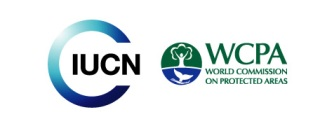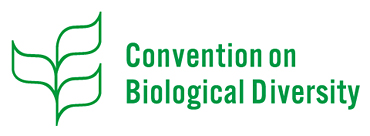PDF: Guidelines on Biodiversity and Tourism Development
Citation
Secretariat of the Convention on Biological Diversity. 2004b. Guidelines on Biodiversity and Tourism Development. Montreal: Secretariat of the Convention on Biological Diversity.
Download PDF
Summary
(Introduction from document)
The CBD Guidelines on Biodiversity and Tourism Development are a comprehensive instrument developed by the international community to achieve more sustainable tourism development. The Guidelines aim at making tourism and biodiversity more mutually supportive, engaging the private sector and local and indigenous communities, and promoting infrastructure and land-use planning based on the principles of conservation and sustainable use of biodiversity. They provide a framework addressing
what the proponent of a new tourism investment or activity should do to seek approval, how the authorities should manage the approval process, and how to sustain the transition to sustainable tourism through education and capacity building. The Guidelines are conceived as a practical tool providing technical guidance to
policy makers, decision makers and managers with responsibilities covering tourism and/or biodiversity, whether in national or local government, the private sector, indigenous and local communities, non-governmental organizations and other organizations, on ways of working together with key stakeholders involved
in tourism and biodiversity.
The main thrust of the guidelines is that tourism management should be based on a consultative process involving multi-stakeholder participation and should consist of ten steps, including: the development of an overall vision for the sustainable development of tourism activities; the setting of short-terms objectives to implement the vision; the review and building of regulations and tourism standards; the assessment of the potential impacts of tourism projects; the monitoring of impacts and compliance; and the implementation of adaptive management in relation to tourism and biodiversity. To ensure their effective implementation, the Guidelines should be supported by long-term public education and awareness-raising campaigns to inform both professionals and the general public about the impacts of tourism on biological diversity and about good practices in this area, and capacity building activities. The Guidelines have already been applied in a number of field projects as a basis for the conception and implementation of their work. Experience shows that that they should be an evolving tool and their development and further refinement an ongoing process; they should be adapted to different realities and ecosystems. To this end, the seventh meeting of the Conference of the Parties invited Parties,Governments, and relevant organizations to implement pilot projects to test the applicability of the Guidelines, understand their practical implications and report on their effectiveness.




